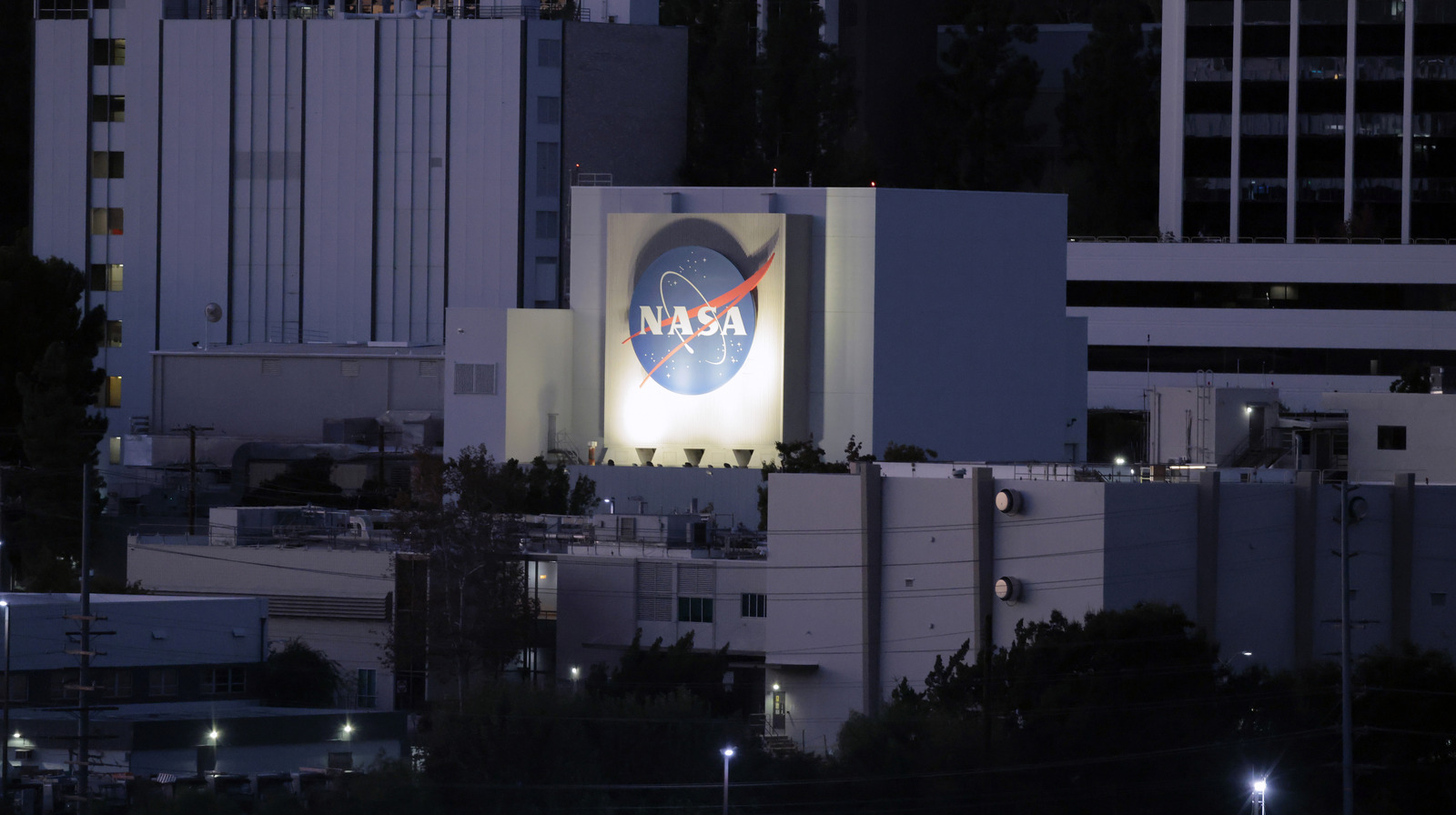July 16, 2025
What’s in NATO’s first-ever commercial space strategy?
While the headlines coming out of the NATO Summit in The Hague were dominated by the new military spending target of 5 percent of gross domestic product, the summit also saw a much less hyped but notable first for the Alliance: the release of NATO’s Commercial Space Strategy.
The niche strategy marks an important recognition from NATO: The center of gravity in space innovation has shifted to the commercial sector, and any credible Alliance-wide space posture must account for this reality. This is an era of increasingly sophisticated threats in space that can decisively shape outcomes on the battlefields below. NATO and its member states cannot afford to rely solely on government-owned systems or slow, bureaucratic procurement models to deliver space capability.
Building on similar efforts by the US Department of Defense that I contributed to during my time at the Pentagon, NATO’s Commercial Space Strategy is a promising and necessary first step for the Alliance to tap into the speed and ingenuity of the thriving space sector within its own borders.
The new strategy represents the latest leap into space for NATO, which has deepened its engagement on a nearly annual clip since it first recognized space as an operational domain and adopted an overarching space policy in 2019. After laying the policy foundations, the Alliance took steps to build initial operational capacity, establishing the Space Operations Centre in Ramstein, Germany, in 2020. Soon after, NATO declared that an attack to, from, or within space could trigger Article 5’s collective defense clause—a declaration that remains both undefined and untested. Then, in 2023, NATO made a deliberate shift toward building institutional capability when seventeen member states agreed to launch the Alliance Persistent Surveillance from Space. This program pools national and commercial satellite data to enhance allies’ space-based intelligence and surveillance.
Why commercial?
As NATO plays catch-up in the space domain—reportedly adding space to their classified capabilities targets for the first time this year—it is prudent for the Alliance to pay more attention to the commercial sector.
Among the many lessons learned from Russia’s war on Ukraine is the role that the commercial space sector plays on the battlefield. Even in the opening days of Russia’s full-scale invasion in 2022, it was apparent that commercially available satellite imagery and broadband communications were having an impact on the battlefield. Commercial operators exposed Russian troop movements, and they enabled Ukraine to maintain command and control of its forces despite its communications infrastructure being destroyed or degraded.
While space was once the exclusive domain of nation-states, governments today increasingly rely on commercially owned and operated capabilities—from launch services to entire satellite constellations—to access and operate in space. From pushing the limits of what satellites can do in space to revolutionizing the way data moves between them, commercial companies are paving the way for new missions and capabilities. Indeed, as threats in the space domain continue to grow, resilience will hinge on the agility, innovation, and scale that only the commercial sector can provide.
Governments also stand to benefit from commercially funded research and development, which fuels capabilities that are cheaper, more easily scaled, or simply more advanced. But commercial innovation does not happen in a vacuum. It is driven by what startups and their private capital backers believe potential customers will need and—crucially—what they will pay for. Even for space companies that sell products in a commercial market, government customers still carry weight—and relatively large checkbooks. It is in NATO’s interests to establish robust engagement with the commercial space sector and channel its modest investment and contracting dollars to fuel innovation that can benefit the Alliance.
Lessons from the Department of Defense
The US Defense Department came to similar conclusions during the last US administration. In 2024, it released its first-ever Commercial Space Integration Strategy, which I co-wrote in my role as senior advisor to the assistant secretary of defense for space policy. In developing that strategy, our team engaged extensively with both industry and government stakeholders across the defense enterprise.
The result was an approach that prioritized integrating commercial space solutions over merely augmenting existing systems. For commercial space solutions to be useful during a conflict, integration efforts need to take place during peacetime and cover the range of Defense Department activities—from conducting exercises to developing requirements. After all, warfighters can only use the tools they have trained with, and their commanders will draw first from capabilities baked into preapproved operational plans. Crucially, the Defense Department’s expectations for what commercial space companies do and provide when the bullets start flying need to be clearly defined in contracts.
While progress toward implementing the Defense Department strategy has been slow, recent steps by the US Space Force have been encouraging. In March, the service’s nascent Commercial Augmentation Space Reserve conducted its first-ever war game with satellite communications (SATCOM) providers. This event focused on how to surge SATCOM capacity during a conflict, when jamming will be rampant and the military’s operational effectiveness will rest on its ability to communicate for command and control. And in April, the Space Force’s top acquisition officer announced that the service would replace the Geosynchronous Space Situational Awareness Program, a surveillance constellation of highly specialized military satellites, with commercially developed alternatives. This is where the rubber of a commercial space strategy meets the road of acquisition and begins to align budget to policy.
Similarities between the NATO and US strategies
Thankfully, NATO chose not to reinvent the wheel. Following meaningful collaboration with the commercial space sector and member states, NATO modeled its strategy closely on the Defense Department’s. It emphasizes the need for integrating commercial space solutions and expertise across the range of military functions—training, exercises, and operations. It prioritizes capabilities that will be available across the spectrum of conflict, and not only during peacetime. And to overcome potential reticence from commercial actors, it offers a commitment to study the need for financial risk mitigation for companies that may be targeted for their support of the Alliance.
Yet NATO faces a unique challenge in leveraging commercial space that the Defense Department does not. The Alliance itself has neither the resources nor the authority to fully realize its vision without the participation, investment, and commitment of individual member states. What’s more, not all allies have equally mature national space programs or commercial space sectors. This means that NATO members have widely varying levels of capability and capacity to contribute meaningfully to an Alliance-wide space strategy.
What the strategy does
The NATO strategy addresses this reality by delineating the Alliances’s objectives as a staff organization and those as a coordinator for the thirty-two allies, treating the unique challenge as an opportunity for multinational alignment. NATO can serve a critical role in setting requirements and standards, identifying commercial space solutions from across the Alliance, pooling resources, and greasing the wheels of acquisition.
Inevitably, the strategy is more of a starting point than a complete set of blueprints. For example, it is as full of commitments to “explore” and “study” as it is on actionable next steps. Nevertheless, even a head nod to areas for further consideration can serve a purpose when attempting to turn the bureaucratic gears of nearly three dozen nations. The strategy offers welcome attention to the need for more flexible contracting and financing options, agreements with pools of commercial providers, and participation by commercial space companies in NATO exercises.
The strategy also makes several more concrete commitments that will provide near-term impact and momentum to build on. First, NATO will establish a space “front door” to streamline engagement with commercial space companies and better track innovation. This single access point will help companies navigate the labyrinth of procurement organizations, needs, and requirements across both NATO and individual member states.
Second, NATO will establish a Space Capabilities Group under the Conference of National Armaments Directors (CNAD) to provide a single venue for promoting space cooperation and standardization. The group will specifically support the development of NATO and national operational space capabilities.
Third, NATO will bring together standardization experts under the CNAD to advance interoperability among Allies’ space capabilities. While there are many obstacles to deepening multinational space cooperation—including a patchwork of classification policies—NATO is uniquely positioned to address the technical and standardization barriers across the Alliance.
NATO’s Commercial Space Strategy is not just a bureaucratic milestone—it’s a recognition that a modern space posture requires allies to embrace commercial innovation. If it executes on its vision, then NATO’s foray into commercial space integration will directly enhance the Alliance’s deterrence and defense posture.
As with any high-level policy change, effective implementation by both NATO staff and member states will be necessary. While the strategy rightly ends with a commitment to develop an implementation plan, there is much work ahead. But NATO is sending a clear signal of intent and extending its hand. The private sector would be wise to take the cue.
Corey Jacobson is a nonresident senior fellow with the Forward Defense program of the ’s Scowcroft Center for Strategy and Security. He is the director of strategy and policy for K2 Space, a Los Angeles-based company developing high-power, low-cost satellites at scale. He previously served on Capitol Hill and as a Pentagon official during the Biden administration, including as chief of staff for the Office of Strategic Capital and as senior advisor to the assistant secretary of defense for space policy.
Image: Launch of a SpaceX Falcon 9 rocket on mission 12017 to launch Starlink satellites into orbit. The rocket launched at 8:53 p.m. EDT on Saturday, April 12th from Launch Complex 39A at Kennedy Space Center. REUTERS










